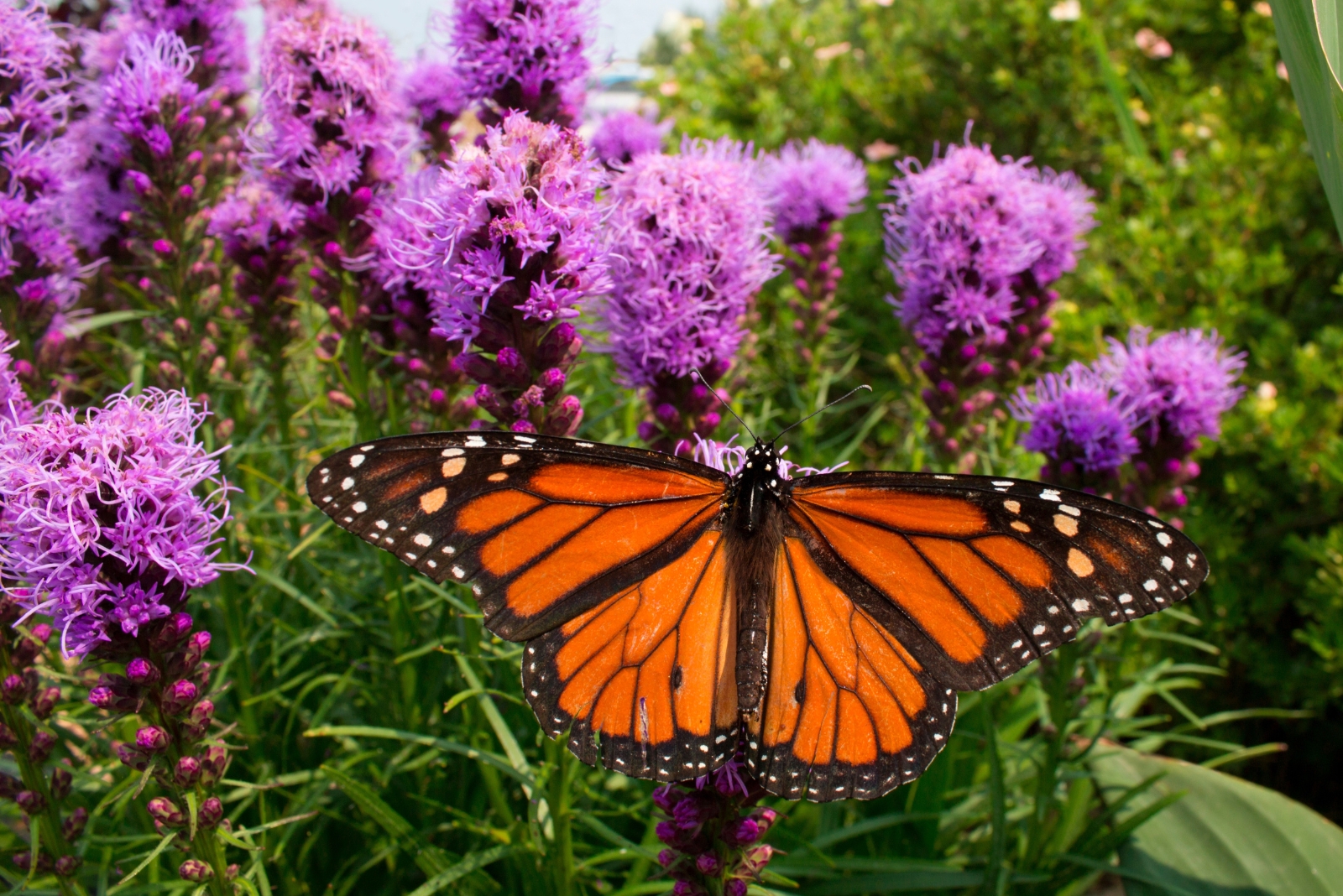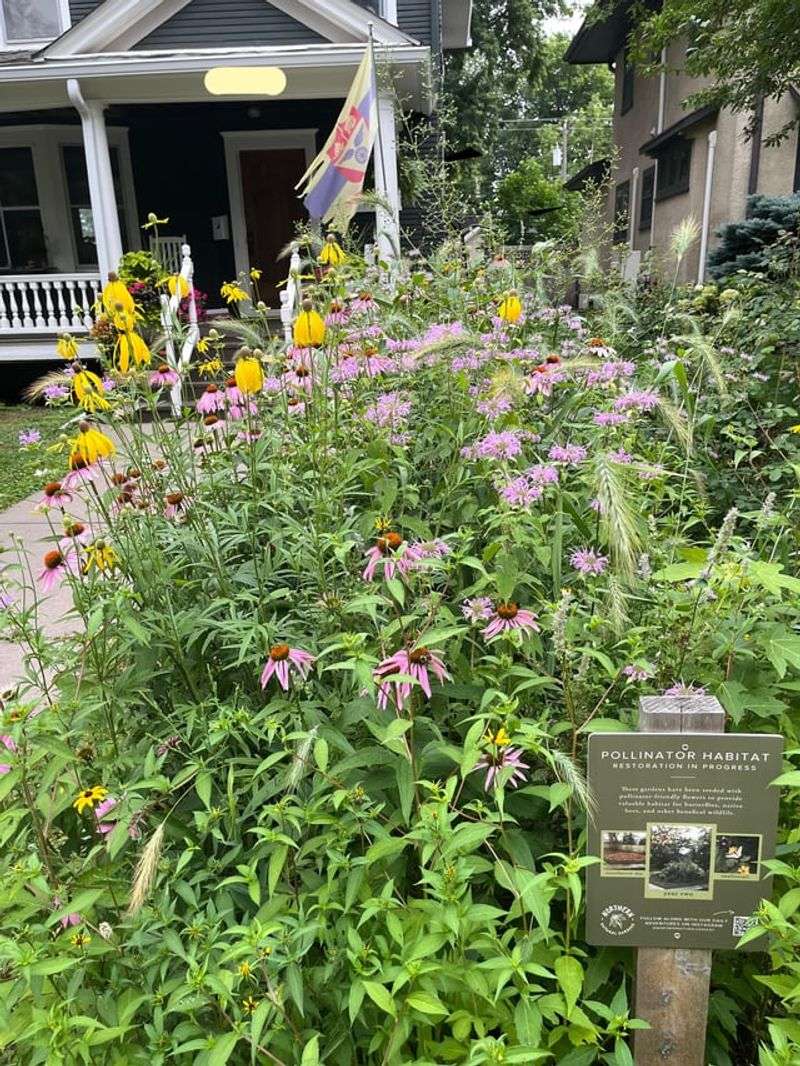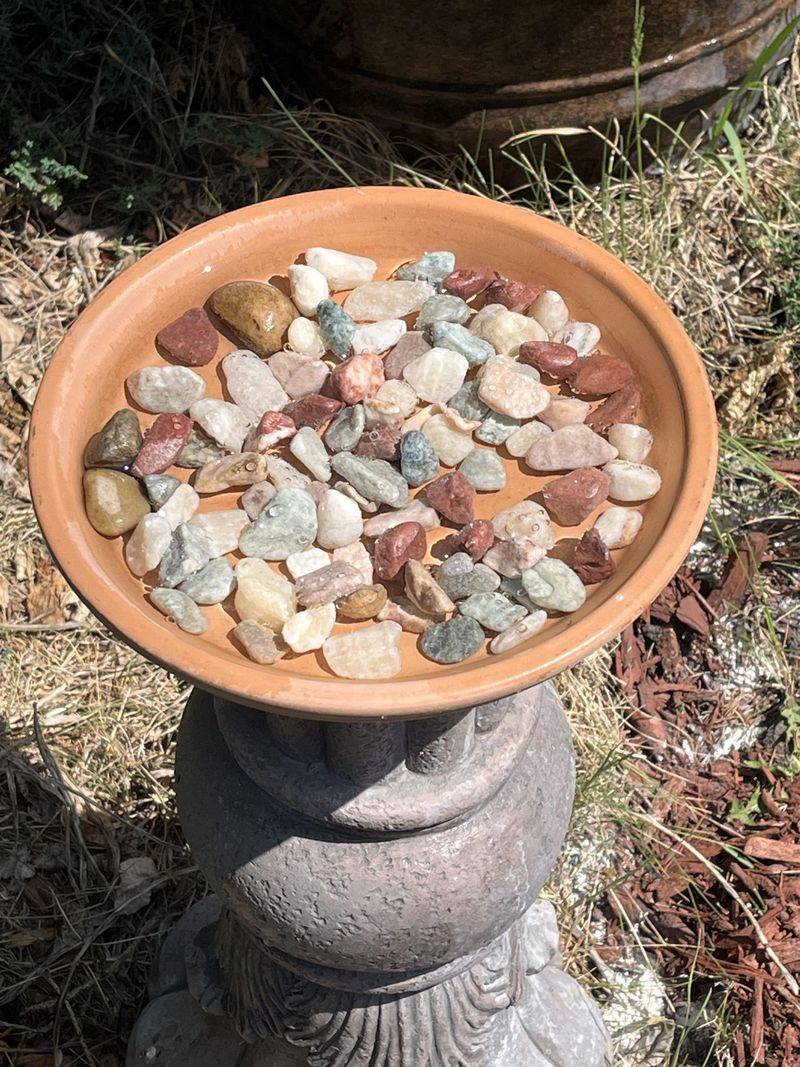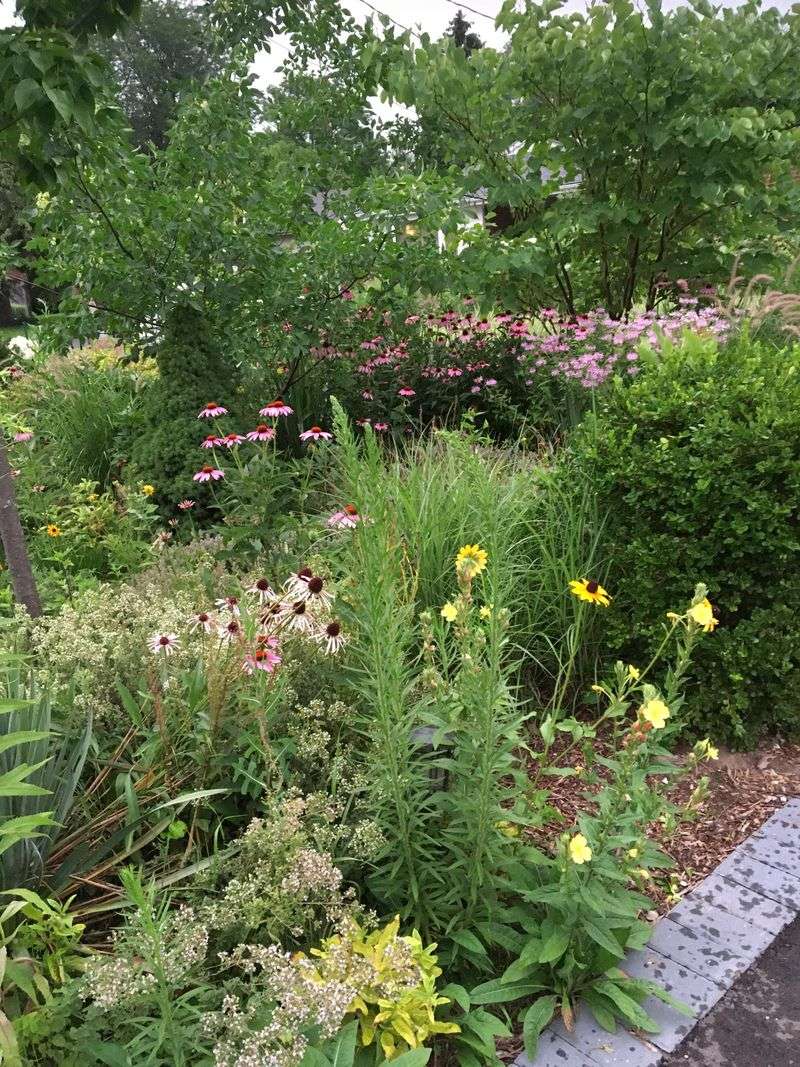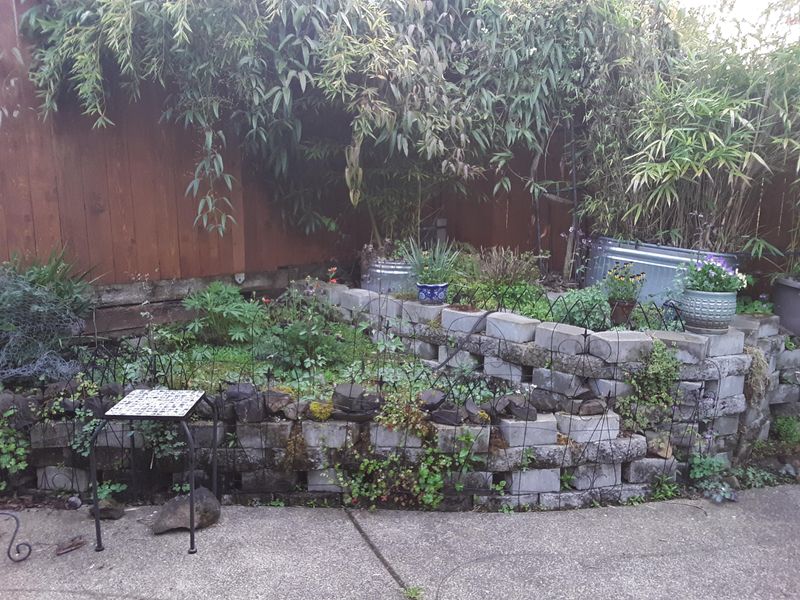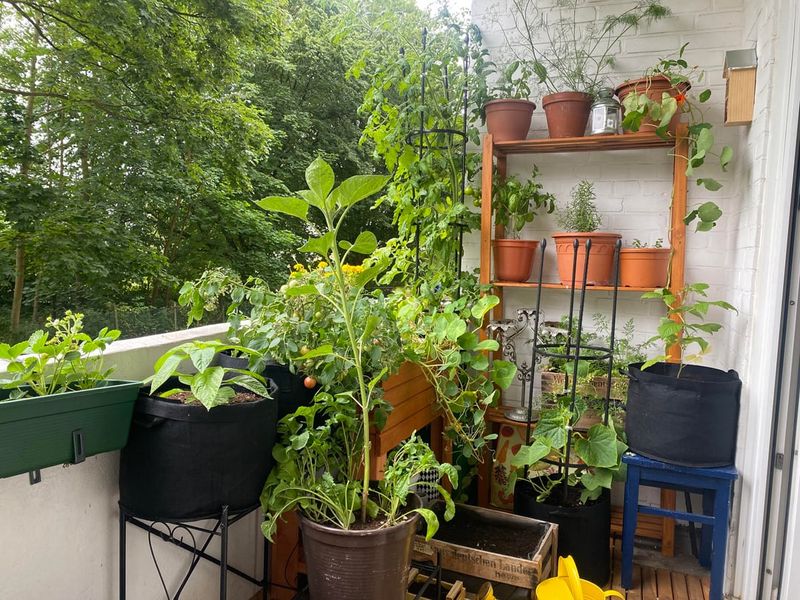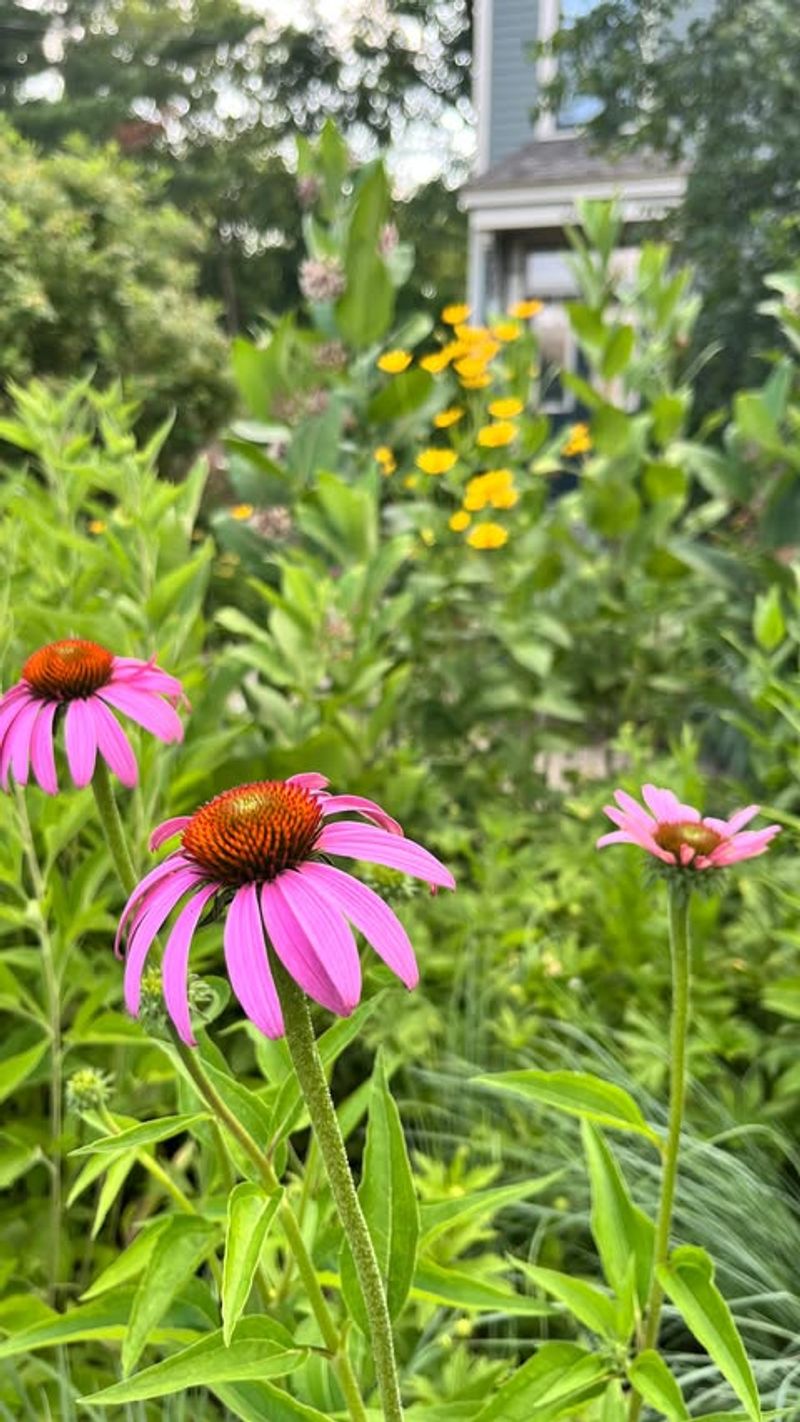Minnesota neighborhoods have grown more curious about pollinator gardens lately, and I’ve seen some surprising rules pop up. Some areas welcome them, while others have limits.
It can be hard to tell what’s allowed without checking. Understanding the guidelines keeps your yard out of trouble.
1. Native Plants Are Your Best Friends
Minnesota pollinators have evolved alongside native plants for thousands of years, making them the perfect match. Plants like purple coneflower, wild bergamot, and black-eyed Susan naturally attract bees and butterflies because they recognize these blooms as food sources.
Native species also require less water and maintenance than non-native varieties, saving you time and effort. Plus, they’re already adapted to Minnesota’s sometimes unpredictable weather patterns.
Choosing native plants means you’re creating a garden that works with nature instead of against it.
2. Bloom Times Matter More Than You Think
Pollinators need food from early spring through late fall, so planning your garden with different bloom times is essential. Early bloomers like wild columbine feed hungry bees emerging in April, while asters keep butterflies fed into October.
Staggering your plant selections ensures there’s always something flowering in your Minnesota yard. Without continuous blooms, pollinators may skip your garden entirely in search of more reliable food sources.
A well-planned garden becomes a season-long buffet for beneficial insects.
3. Water Sources Keep Pollinators Happy
Just like us, pollinators get thirsty and need water to survive, especially during hot Minnesota summers. A shallow dish filled with water and pebbles creates a safe drinking spot where bees and butterflies can land without drowning.
Bird baths work too, but adding stones or marbles gives tiny insects a place to perch. Change the water every few days to prevent mosquitoes from breeding.
Your simple water station might become the neighborhood’s most popular pollinator hangout spot.
4. Skip the Pesticides and Chemicals
Pesticides intended for harmful bugs often harm beneficial pollinators too, defeating the purpose of your garden. Even products labeled as safe can disrupt the delicate systems of bees and butterflies when they land on treated plants.
Minnesota gardeners can control pests naturally by encouraging predator insects like ladybugs or using gentle solutions like neem oil. Healthy, diverse gardens usually balance themselves without chemical intervention.
Protecting pollinators means rethinking how we deal with unwanted garden visitors.
5. Leave Some Messy Spots Untouched
Perfectly manicured yards don’t offer much shelter for pollinators that need safe places to nest and overwinter. Many native bees actually nest in bare soil patches or hollow plant stems left standing through winter.
Leaving a corner of your Minnesota yard a little wild provides essential habitat. Dead leaves, brush piles, and uncut perennials become cozy homes for beneficial insects during cold months.
Embracing a bit of natural messiness helps pollinators survive and return each spring stronger.
6. Size Doesn’t Determine Success
You don’t need acres of land to make a difference for pollinators in your Minnesota neighborhood. Even a small balcony container garden with the right plants can provide valuable food and rest stops for traveling insects.
Grouping several plants of the same species together makes your garden more visible and attractive to passing pollinators. Small spaces packed with native blooms often outperform larger gardens filled with non-beneficial plants.
Every flower counts when it comes to supporting local pollinator populations.
7. Community Gardens Multiply the Impact
When neighbors create pollinator gardens together, the combined effect creates a habitat corridor that supports larger, healthier pollinator populations. Minnesota communities with multiple pollinator-friendly yards see greater biodiversity and stronger insect numbers.
Talking with neighbors about planting native species can inspire others to join the effort. Shared knowledge about what works locally makes everyone’s garden more successful.
Building a pollinator-friendly neighborhood benefits the entire ecosystem, not just individual yards.

